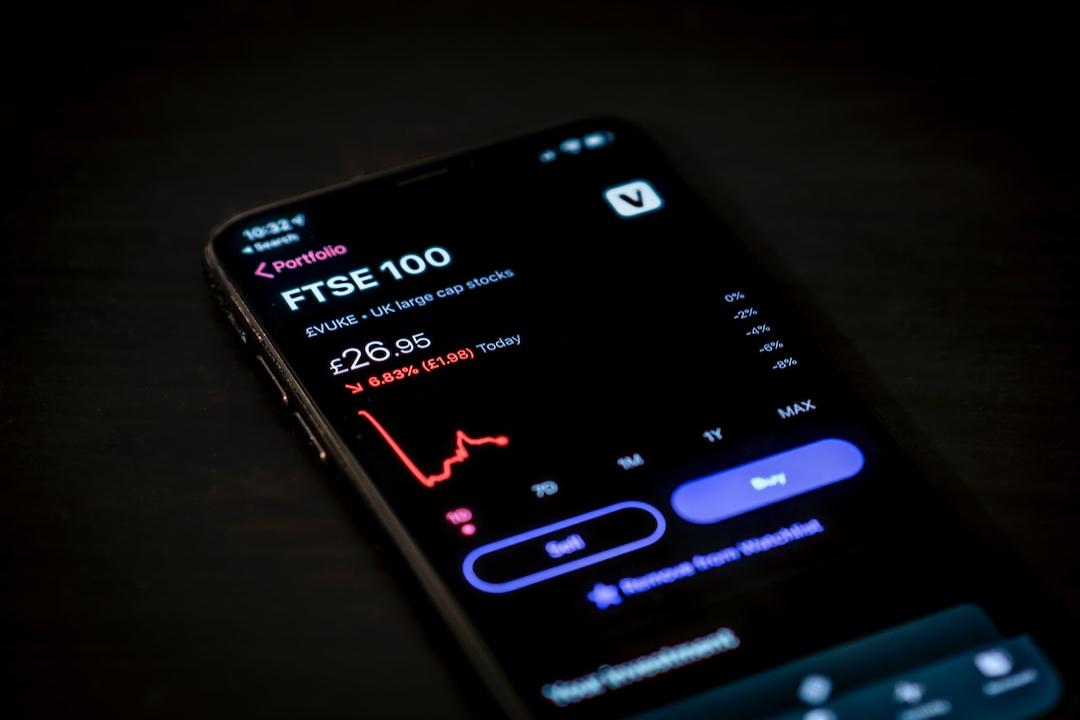The much-anticipated upgrade for Ethereum, known as the Cancun-Deneb upgrade, has generated excitement and cautious optimism among users due to its significant improvements in data logistics and fee structures on Layer 2 (L2) solutions. While many believe that this upgrade will lead to reduced transactional fees, cryptocurrency expert Eric Wall warns against overestimating its impact.
Eric Wall’s analysis highlights the possibility of fee spikes despite the upgrade. He points out that even with the enhancements brought by EIP-4844, the design of sequencers still allows for fee spikes under certain conditions. Wall emphasizes that even if the maximum capacity of blobspace is utilized, L2 rollups post-Deneb activation are only expected to scale to 100-1,000 transactions per second (TPS). Furthermore, he notes that consuming all blobspace and operating at maximum theoretical capacity does not consistently guarantee low fees.
The Deneb upgrade, which started on the Ethereum mainnet on March 13, promised optimized data usage for Ethereum Virtual Machine (EVM) Layer 2 solutions. Initial observations from the L2Fees tracker show varying fee reductions across popular L2 solutions such as Optimism, Arbitrum, Starknet, and zkSync Era. Transfer and cross-asset swap fees on these platforms have significantly decreased to below $0.01, indicating a notable reduction. However, certain networks like Loopring, zkSync Lite, and Boba Network have not experienced significant changes in fees due to the upgrade.
The Ethereum community has responded differently to the impact of the Deneb upgrade on transaction fees. While some praise the noticeable fee reduction on various L2 solutions, others express concern about the disparities in fee reductions across different networks. These differences highlight the complexity of optimizing fee structures in a decentralized ecosystem with diverse L2 implementations.
The Cancun-Deneb upgrade has brought significant improvements to data logistics and fee structures on Layer 2 solutions in Ethereum. Nonetheless, Eric Wall’s analysis serves as a reminder not to overstate the effects of the upgrade, as fee spikes can still occur under certain conditions. As the Ethereum ecosystem evolves, achieving consistent and universally low transaction fees across all Layer 2 solutions remains a challenge that requires further exploration and refinement.
By staying informed and critically assessing the impact of network upgrades like Deneb, members of the Ethereum community can navigate the changing landscape with better clarity and foresight. As developments unfold, the pursuit of scalability and affordability in Ethereum’s transactional infrastructure continues to be a focus for innovation and improvement.

